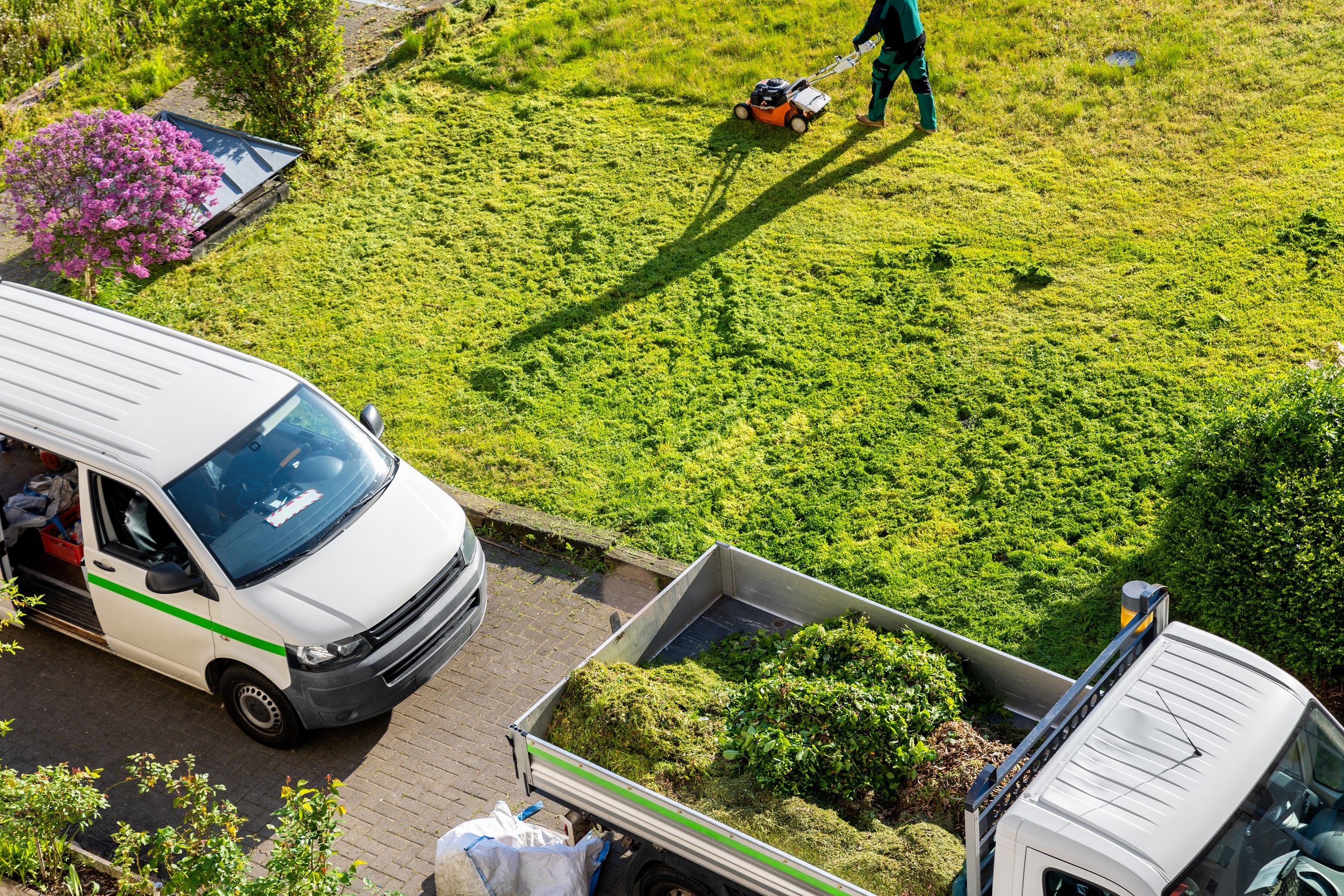PRESERVE BEAUTY
Seasonal Cleanups
Enjoy the beauty of your landscape year-round with professional cleanups that prepare your outdoor space for each season's needs.

Simplify Your Landscape Management
Prepare your landscape to flourish with tailored spring cleanups, including thorough debris removal and essential fertilization, setting the stage for a vibrant season.
Keep your outdoor environment lush and inviting with expert trimming and health checks, ensuring your plantings remain vibrant throughout the summer. Effortlessly transition into the cooler months with fall services, focusing on leaf removal and preparing your landscape for winter dormancy.
SEASONAL CLEANUPS
Ready for Any Season
Experience advanced horticultural care, including specialized planting treatments and disease prevention, designed to keep your landscape healthy and beautiful.
Enhance your property's charm with vibrant annuals or perennial beds, uniquely crafted for seasonal appropriateness and visual appeal. With proactive service plans, ensure regular visits to maintain your landscape’s health and aesthetics and make landscape management a breeze.


Book A Consultation
Discover the Ease of Comprehensive Seasonal Landscape Care and Reclaim the Freedom To Enjoy Your Life Outdoors.
Whether you’re ready to start your project or just have questions, let’s chat! Fill out the form with your contact information and a brief description of your project, and we’ll be in touch with you.





